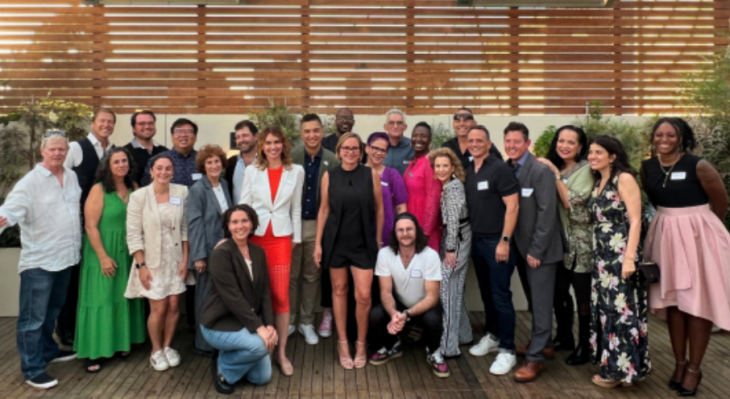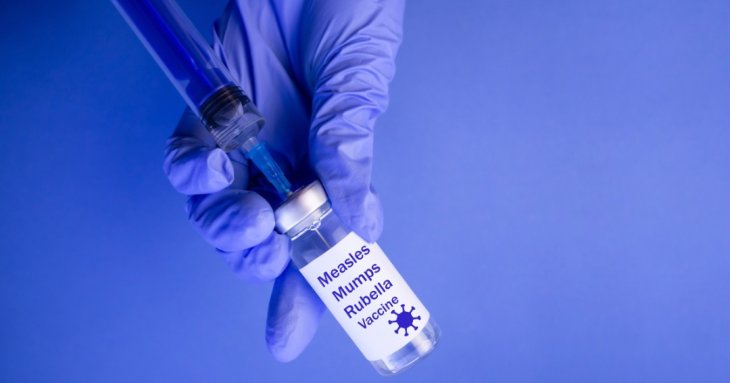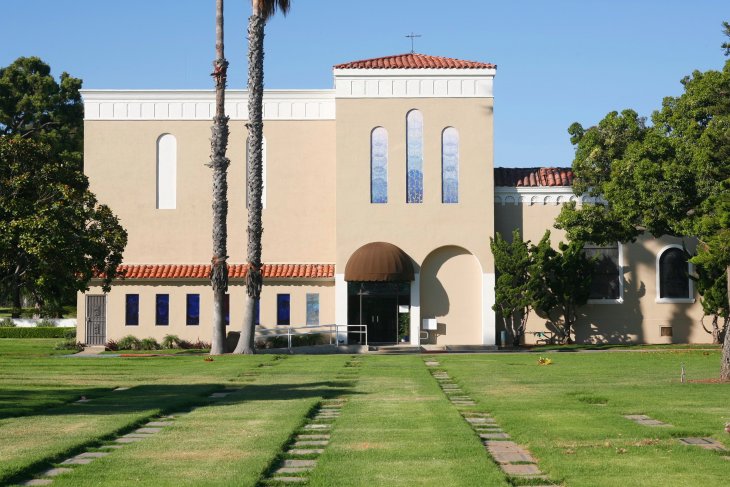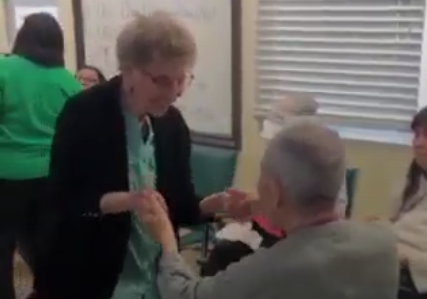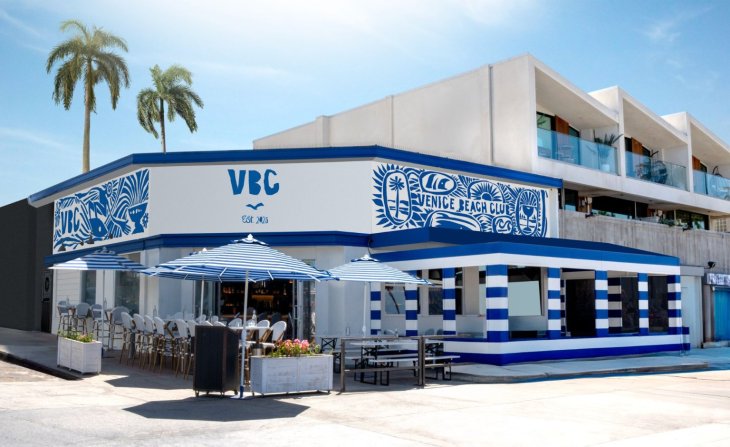Call us as soon as you can after you are diagnosed with cancer.
Located in the heart of Santa Monica, Hyperthermia Cancer Institute (HCI) is a gentle FDA-approved treatment designed to improve the effectiveness of chemotherapy and/or radiation therapy to treat a wide range of tumors, regardless of their stage, giving all patients a unique source of hope.
Hyperthermia is a targeted, non-invasive cancer therapy that is FDA-approved to treat cancers in combination with radiation therapy and/or chemotherapy. The treatment uses ultrasound technology to carefully direct heat to the location of the tumor at depths in the body of up to 10 cm beyond the body’s natural layer of fat. During treatment, ultrasound energy slowly increases the temperature of the tumor up to approximately 109°F.
“Somewhere between 106o-109o seems to be a magic window where a variety of changes take place in that tumor,” said Dr. Joseph J. Pinzone, Medical Director at HCI. “It is a little higher than a fever and a little cooler than the hottest California day. We heat the tumor for approximately 45 minutes at that temperature. What that does is increase the blood flow to the tumor.”
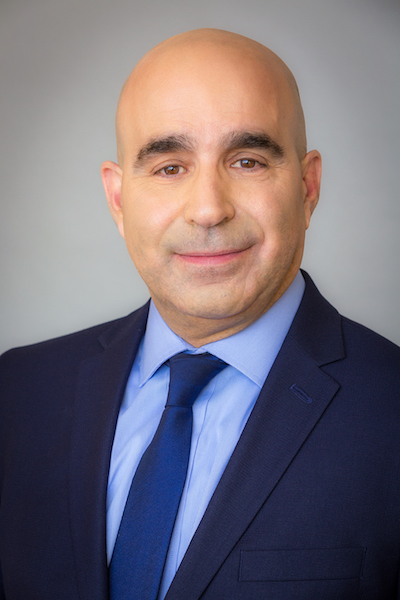
According to Dr. Pinzone, patients who have recently been diagnosed with cancer have a big challenge.
“Their biggest challenge is to decide what the optimal therapeutic regimen is initially because that is going to set the trajectory of their entire clinical course,” Dr. Pinzone said. “I would say that in my mind every patient with cancer, regardless of the stage, should give us a call and potentially be seen by me so that we can figure out whether and how we could improve their other therapies and improve their overall outcome.”
For patients that have disease at an early stage, where cure is a realistic possibility, coming into the clinic at a timely fashion is critical.
“We can help the chemotherapy work better, we can help the radiation therapy work better, but we can’t do that if they come into us after they have already received that therapy,” Dr. Pinzone said.
According to Dr. Pinzone, if people have a high likelihood of cure, doctors are often very excited to treat those patients, but he encourages patients to come in as soon as possible, ideally before they start on their journey. HCI will work with them and with their doctors to try and improve their chance of cure.
“If I were to say one thing to patients who have a real shot at cure, it would be they only have one shot. And it is to their benefit to optimize that initial treatment regimen in order to maximize the chance that they are cured. If hyperthermia can be part of that, they should come and see me and determine that early, because again, they only have one shot of getting that disease cured. If that initial regimen does not work, they are in a completely different clinical situation,” Dr. Pinzone said.
HCI also offers hope for patients experiencing a recurrence of the cancer after an initial treatment. According to Dr. Pinzone, hyperthermia is also very effective in helping these people.
“In many ways, that is the sweet spot of hyperthermia,” Dr. Pinzone said. “We have demonstrated in a number of different tumor types that adding hyperthermia to chemotherapy and/or to radiation therapy can help two things. Most commonly, disease-free survival. That means that the length of time that a person is in remission. And in some cases, we actually improve overall survival of those patients who have recurrent disease.”
Stage 4 cancer patients also can benefit from hyperthermia. Stage 4 typically means the tumor has spread to a different organ, not just surrounding lymph nodes, as in breast cancer spreading to the liver. Not only does that person have multiple sites with tumors, but each of those sites are shedding tumor cells into the blood and they are at risk of having other parts of the body develop cancer. And while typically in that situation there is a low likelihood of cure, Dr. Pinzone says hyperthermia can be utilized in a special way: targeting the most vulnerable organs, where failure of those organs will give the patient the biggest problem.
“If we are successful in those organs, success looks like either no tumor growth, tumor shrinkage, or in some cases, complete resolution of the tumor in that organ. Now granted they may have disease in other parts of the body, but why would that be important to them? It is important to them because we can, in that situation, potentially extend their life because we helped that critical organ. It is a different landscape now from when our technology was first FDA-approved. Now the pace of innovation in medicine is so fast that it is possible that next year they may have something that is unbelievably effective to treat the rest of the tumors in their body. So, if we can preserve their quality of life and possibly increase their lifespan, even by a year, by helping to stop the growth or shrink the tumor in that critical organ, then they can do what we call ‘innovation jump’, Dr. Pinzone said.
This approach improves the possibility that even patients with advanced disease have an increased chance of disease-free survival, and therefore an invaluable sense of hope.
“We can treat almost any part of the body and…improve the effectiveness of other therapies,” Dr. Pinzone said. “That really translates into increased hope that they can then have a better quality of life, live longer, and be around for that next innovation that just might be curative.”
As one of the preeminent centers for hyperthermia, Hyperthermia Cancer Institute treats a large number of patients. What patients don’t know, however, until they come in is that the staff at HCI offers an unmatched patient experience and that starts with their first phone call. People experience an environment that is extremely welcoming with clear recommendations, but zero pressure to do anything in particular. and a strong support system. In addition, HCI has many patients from out-of-town and the staff often help these patients with travel and housing to both coordinate it and, in some cases, to help offset the cost through various foundations.
“Because we have close bonds with patients, we develop a tremendous amount of trust and that allows us to be an unbiased sounding board, which translates not just to a more pleasant experience and not just to increase effectiveness because they are receiving hyperthermia treatments. It also allows us to help them to navigate,” Dr. Pinzone said. “We are able to provide something that our patients tell us they value tremendously which is guidance, a respite often from their day–it’s a gentle therapy in a therapeutic environment– and just an amazing bond with the people who are going through their journey with them.”
To find out more about whether hyperthermia can help you, call Hyperthermia Cancer Institute at 888-580-5900 or visit their website at www.hcioncology.com.







